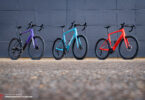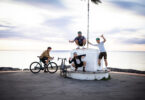Berlin Mitte – an alternative bubble full of fixed-gear bikes or an ideal breeding ground for design-savvy road bike brands? We visit Standert Bicycles, reminisce with company founder Max von Senger and look into the future of the bike label.
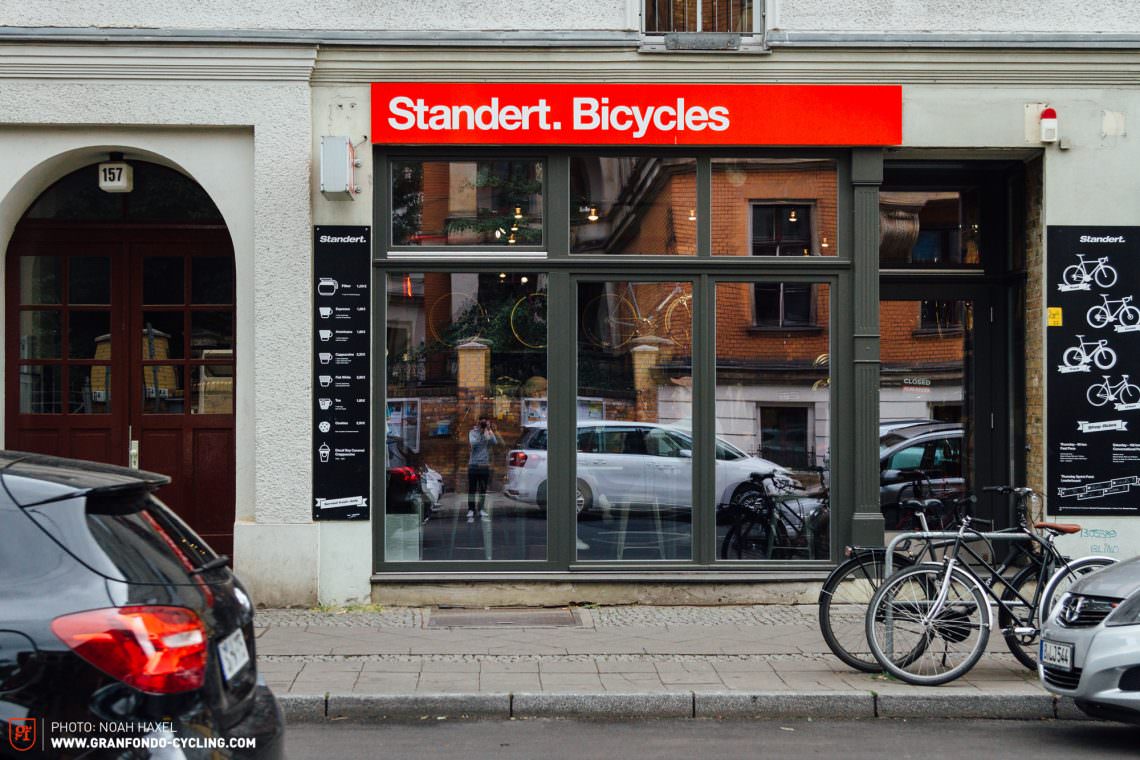
Berlin and the Peter Pan Syndrome: Somehow you have the feeling that nobody really wants to grow up here. During our visit to the capital, we have the chance to pay a visit to the guys from Standert Bicycles and to talk about their very own chapter “Berlin Cycling History”. How did the bike label become what it is now? What is the Standert concept?
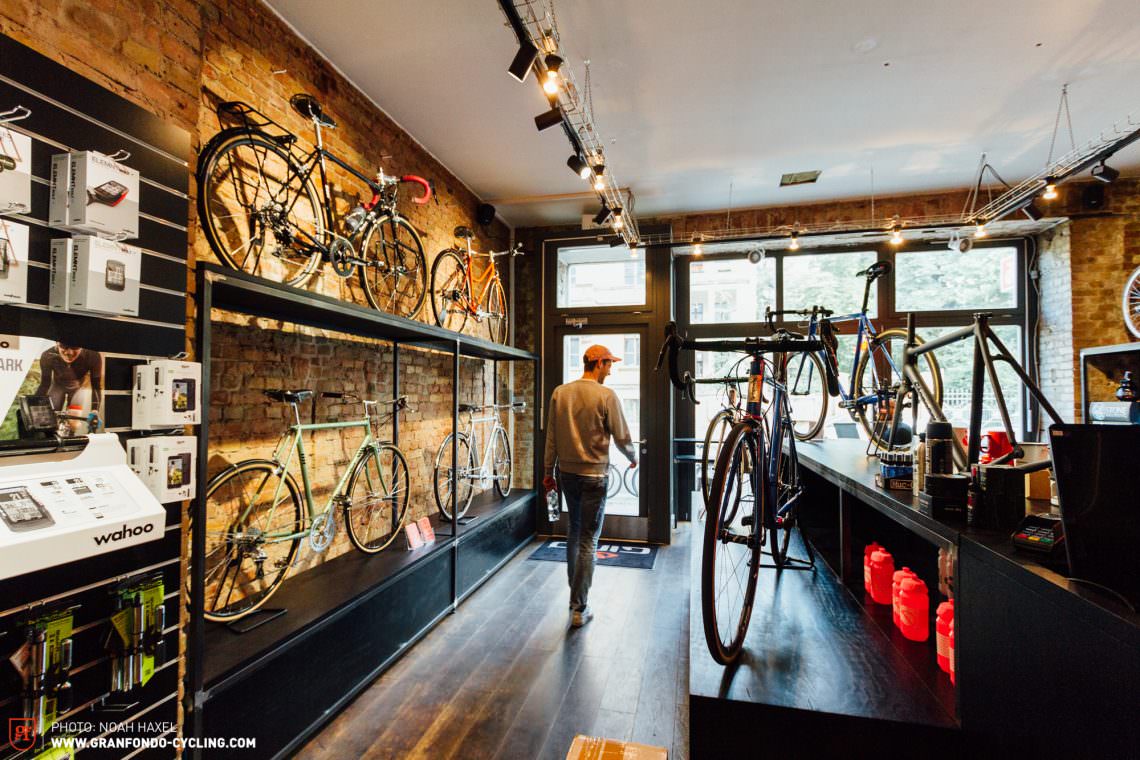
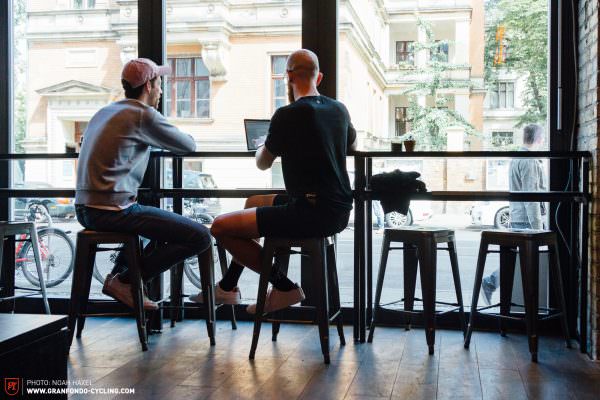
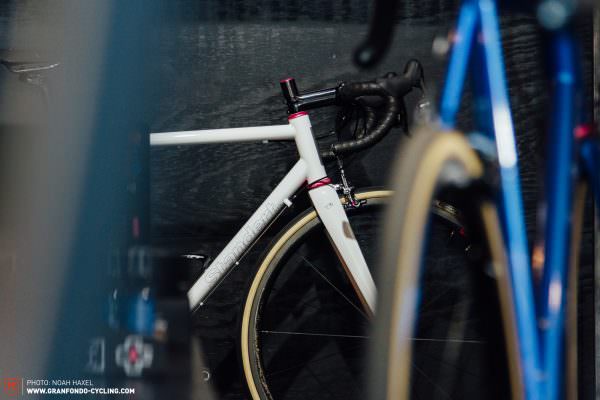
Who’s behind Standert??
With his background in industrial design as well as in mountain bike sports and a deep passion for cycling, Max von Senger is both the father of inspiration and the founder of Standert Bicycles. In the beginning, his vision was to open a skate-shop-like store full of fixed bikes. Today he reflects critically on his early ideals: “Let’s design a frame that works in every situation imaginable – that was, of course, pure illusion. You cannot be a bigger greenhorn.” Just before the wave of fixed-gear hype broke on the Kreuzberg in 2012, Max opened his first bike shop, bringing together many different brands and partners – as well as the first self-designed bikes in Berlin Mitte. The framesets were made by Colossi in Italy at this time.
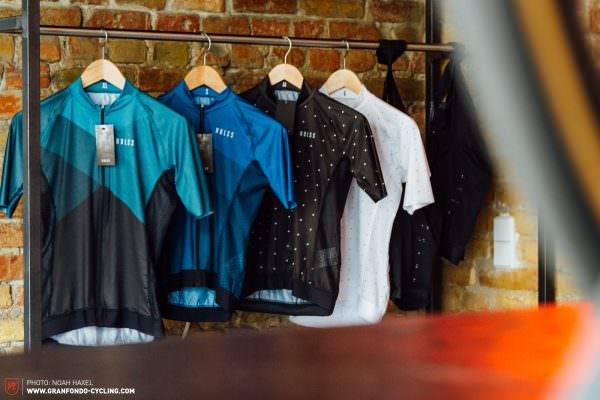
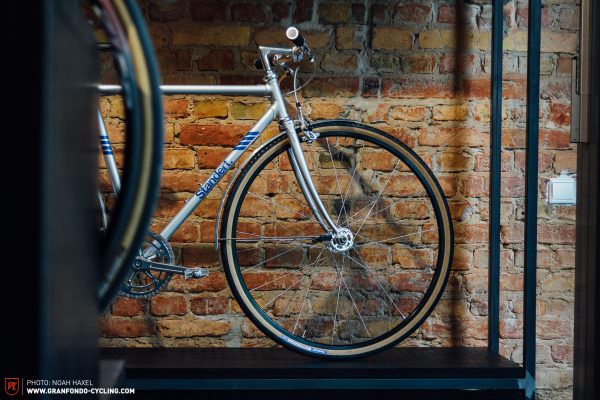
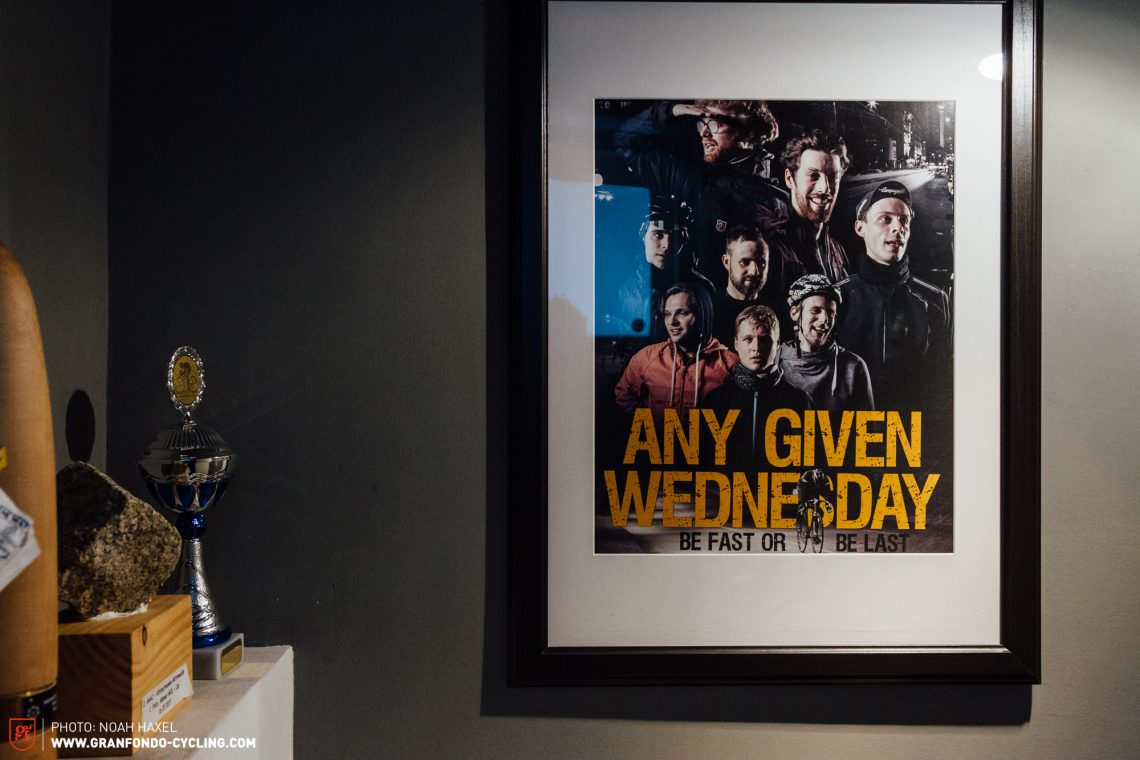
From the very beginning, Standert was committed to the Berlin road bike and fixed gear scene, and so the AGW (Any Given Wednesday) criterium races became a permanent fixture for any capital city tempo fanatic. The format of the unofficial bike race from subway station to subway station changed pragmatically as the police grew curious to the number of fixed bikes flying through Berlin en masse – the growing popularity of the AGW attracted attention. 2014 began a process of rethinking, which continues today. More and more bike models with their own lettering fill the portfolio, the shop has changed from being a fixed-gear mecca to the shrine for road bike junkies and urban cyclists: out with the ice cream counter and in with the classy portafilter coffee machine. Standert developed from a bike shop to a bicycle brand with a unique showroom.
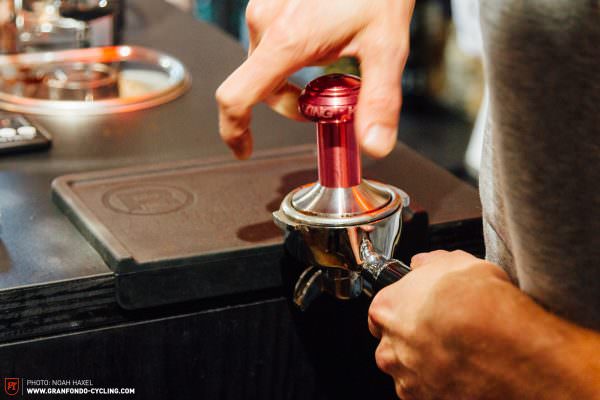
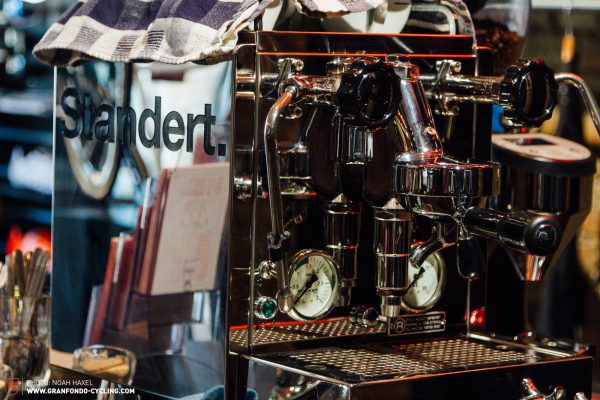
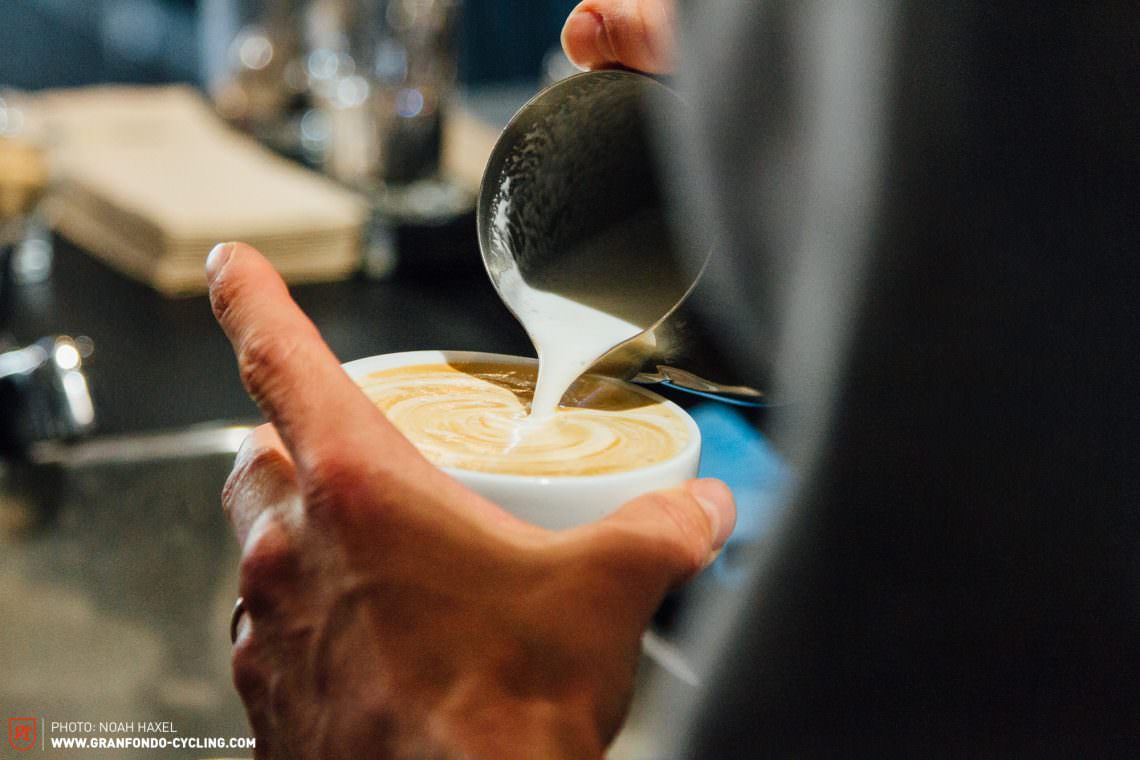
Collaborations with international racing teams soon followed, such as Lumiere Cycling of Australia, and industrial giants such as Rapha. Today, the company ships bikes all over the world via the recently re-launched online shop, with Germany still being Standert’s strongest sales market. In order to be able to offer a more distinct product presentation of both road and urban bikes, Standert is currently planning the opening of a second showroom: again in Berlin, again very stylish, just somehow … more matured.


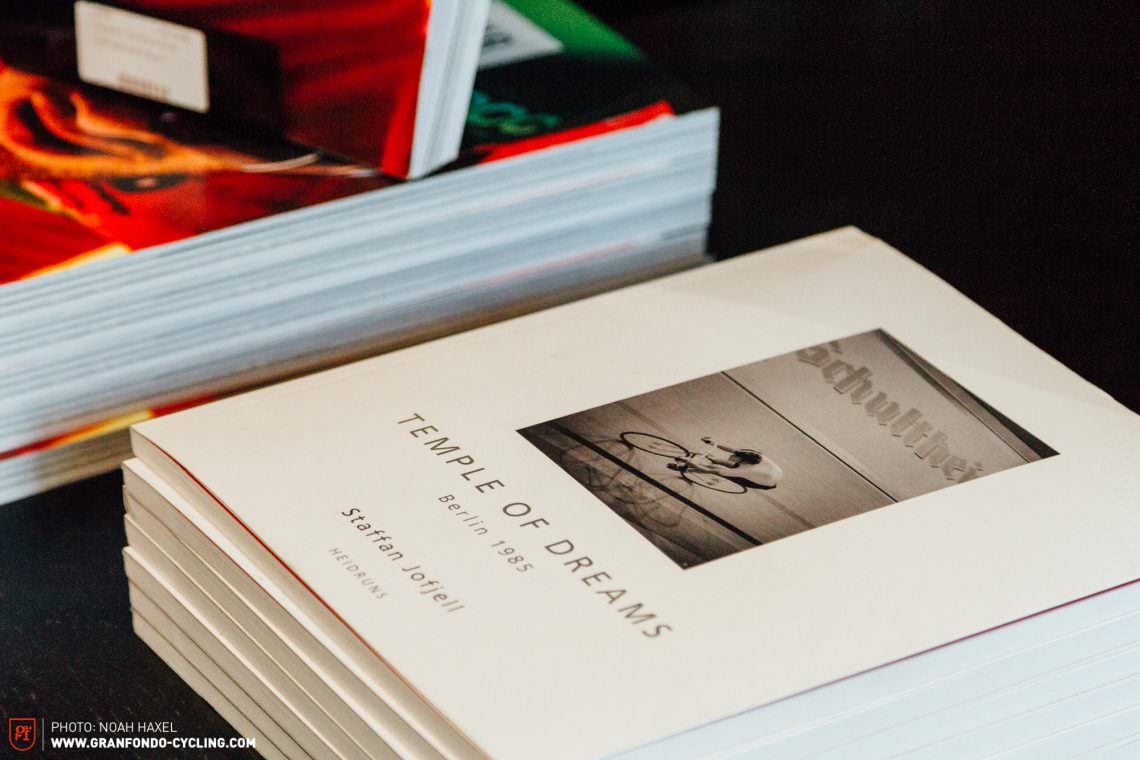
When asked where Standert will be in 2030, Max has clear ideas: “We want to be an established brand in the bicycle market. Still on the edge of the mainstream, but nice haha! No open mold design geared only to numbers, just nice bikes from an organically grown company.”

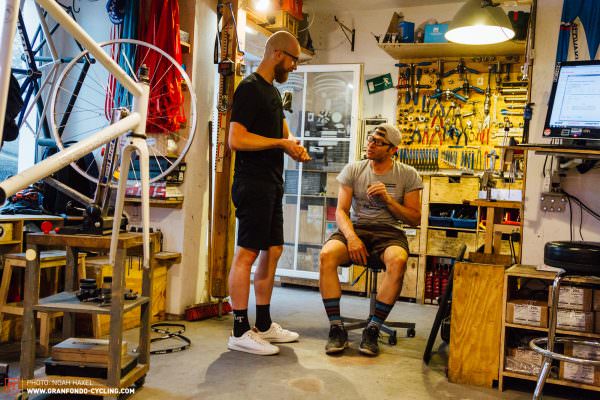
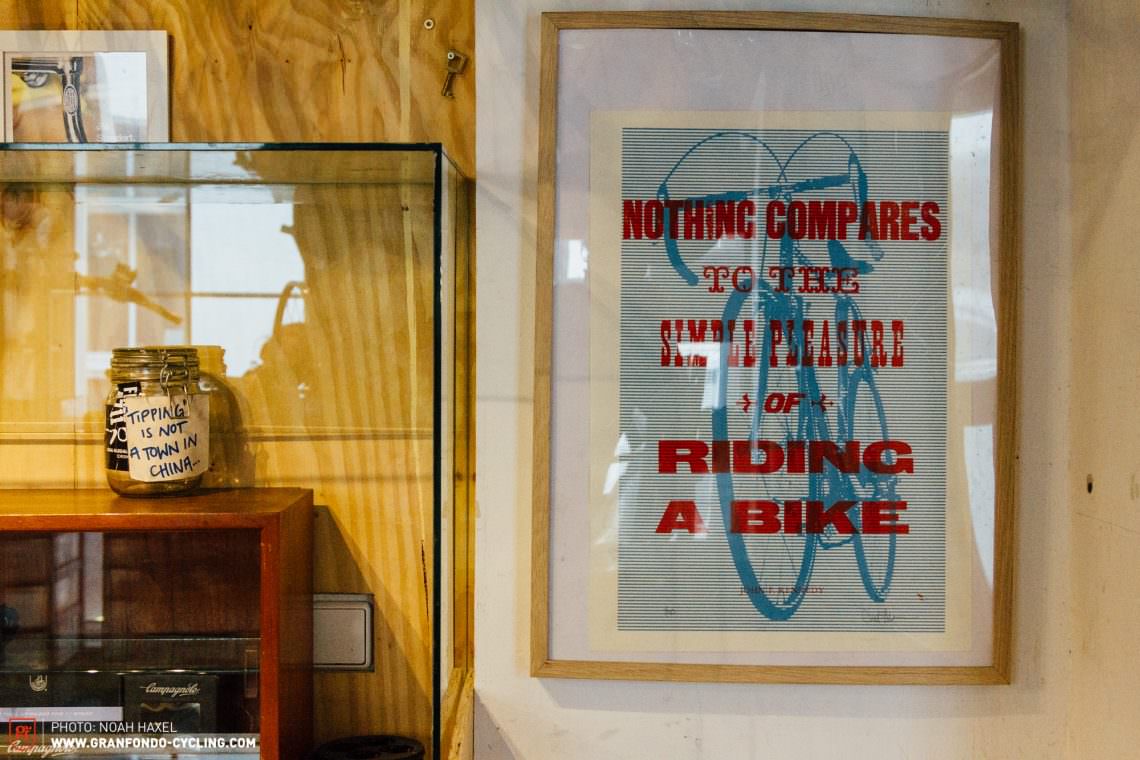
What is the Standert recipe for success??
When it comes to material choice, for Max, who rides the Standert Triebwerk (German for jet engine), the question is nonexistent. For him, there is only metal. Its unique properties speak for themselves, and Standert pays tribute to the golden age of frame design and manufacture using high-quality Columbus tubing. For their crit race bikes, like the Standert Kreissäge (German for circular saw), the guys from Berlin rely on lighter Dedacciai Scandium Aluminium. According to Max, steel and aluminium are the “real deal” when it comes to function!
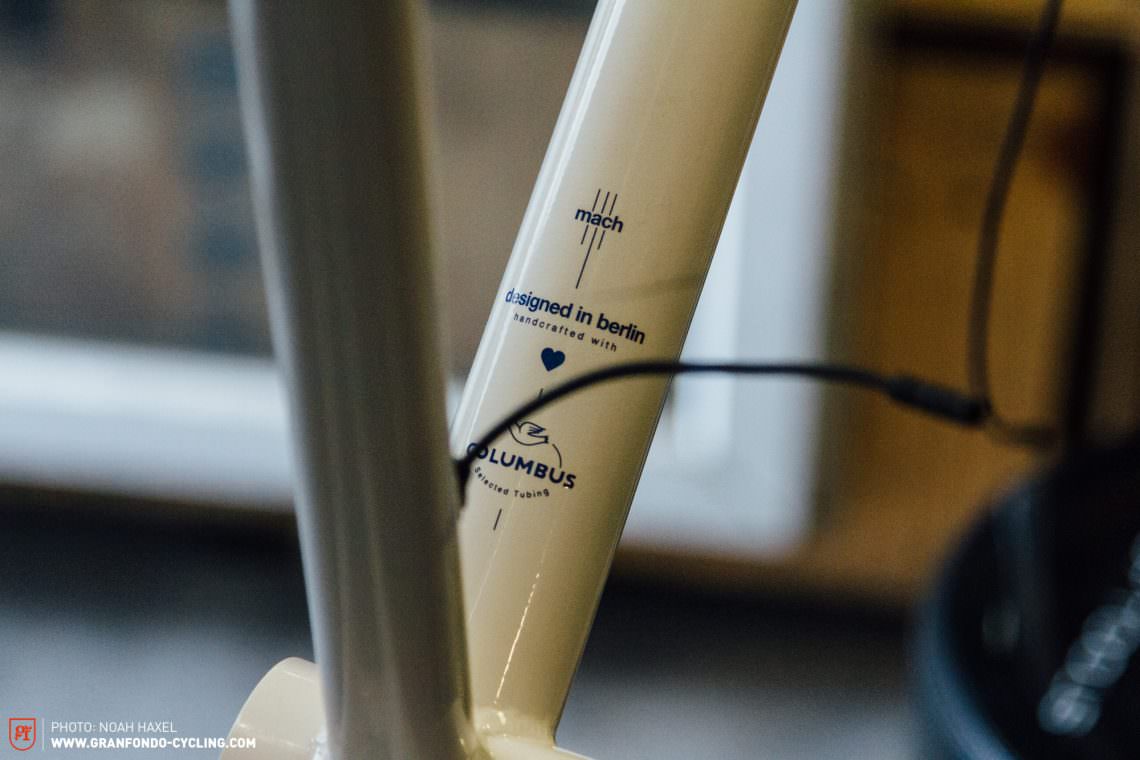
In the company’s early days, the design focus was on maximum reduction and fixed-gear bikes exclusively, but a lot has happened in the meantime. Although the modifications to the geometries of their road bikes have been minimal over the years, their designs have changed significantly. When coming up with new design ideas, Max draws inspiration from fashion, art or old book covers. In the end, the Standert guys not only build bikes that they want to ride themselves, or that they consider aesthetically pleasing in their own eyes but also rely on additional inputs from pro racers and their factory racing team in order to develop new products: “Even the pros have realized that you need more room to breathe. Race bikes may also be comfortable.”

I understand the bicycle as an aesthetic design item … my approach has always been to celebrate the beauty of the item. Max von Senger
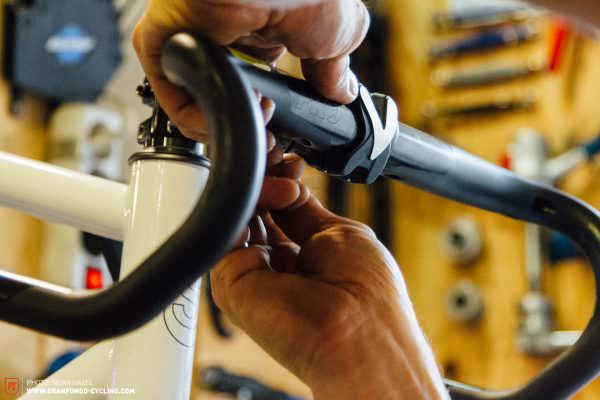
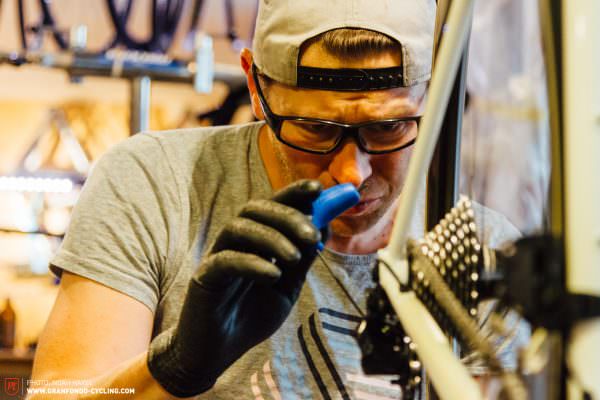


With feedback from the professionals and the in-house racing team as a source of innovation, Standert is currently working on a revolutionary geometry concept. However, the Berliners are still shrouded in silence over the exact details of what’s in the pipeline. Standert will predominantly stay on the road with their bikes. However, new models, such as the recently announced stainless steel gravel bike called Erdgeschos, show that Standert is constantly looking for ways to expand their portfolio.
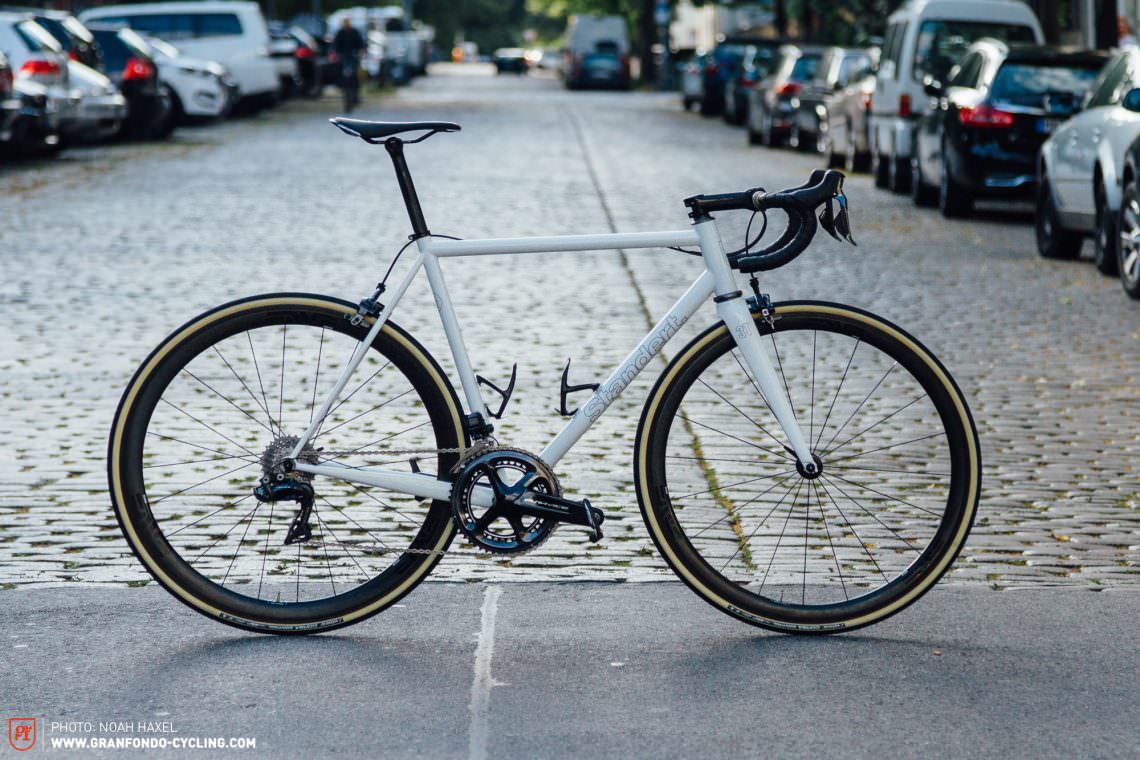
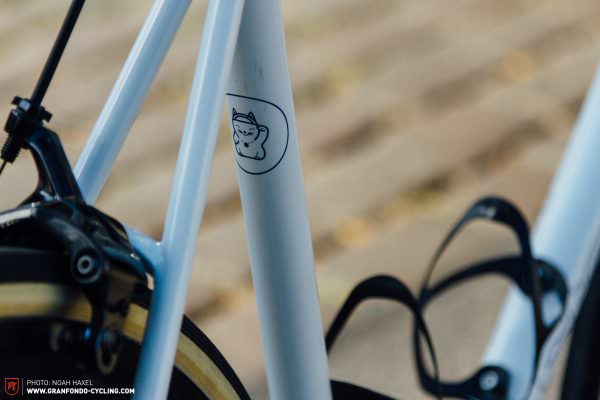
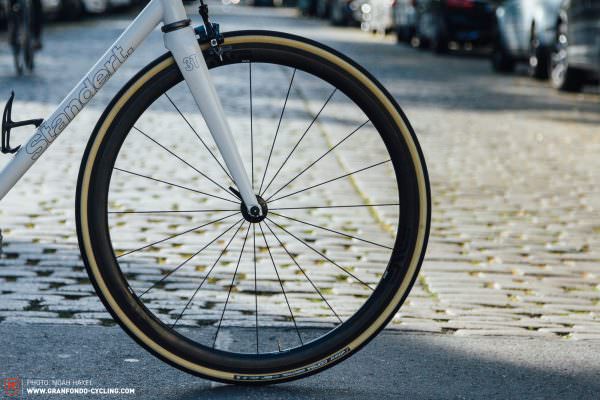
Like many smaller manufacturers, Standert is trying to keep the available specifications manageable and to sell the models in the equipment options available on the website. After all, the price should remain within reach, and anyone who has ever taken a look at their website will be amazed by how much bang for the buck there is. Nevertheless, Standert still likes to work on individual custom builds in their workshop in Berlin. If you want to realise your very own dream bike, you can buy any model as a frameset. Max sums up: “Now we have a bike lineup, about which I can say with conviction as a maker: This is not only stylish but also a good quality product!”
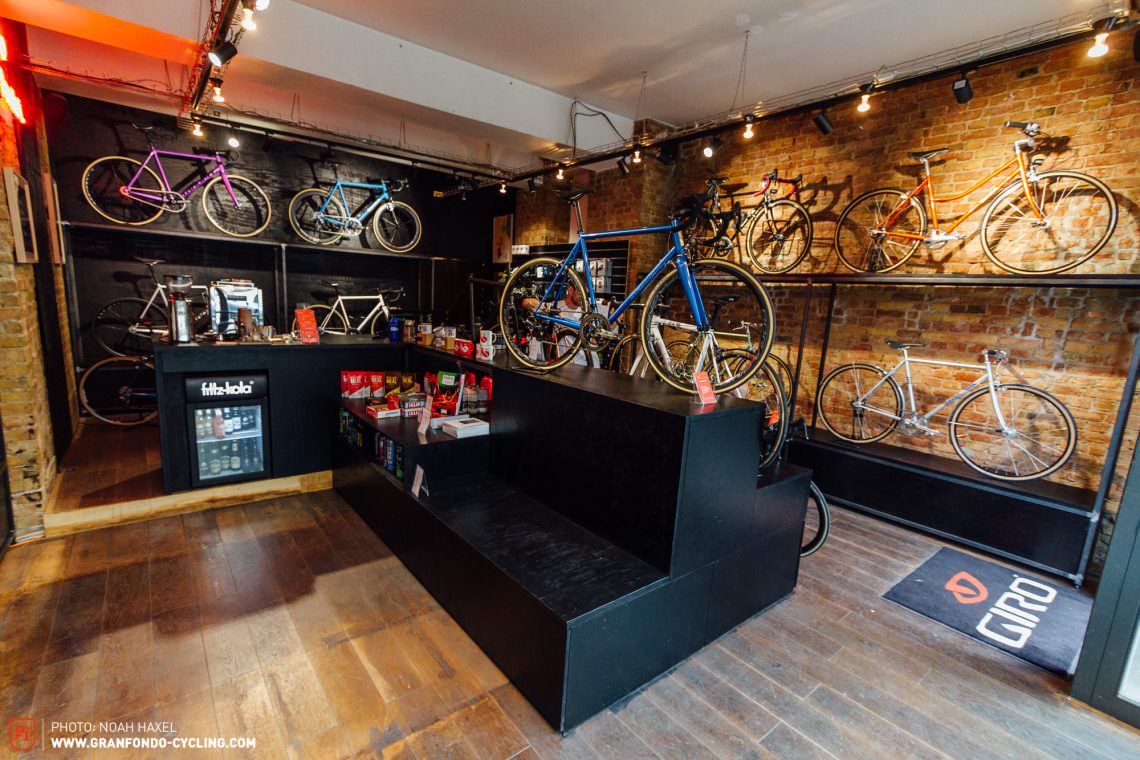
And so our visit to the German capital ends, filled with the certainty that Peter Pan has ultimately become a bit more mature and that the Berlin bicycle scene has more to offer than bike couriers and fixed bikes without brakes. Born from the vision of a Native-Berliner, Standert is today an internationally recognized bike brand. More mature than a few years ago, still niche enough to be cool, yet mass-compatible enough to appeal to a broader customer segment. Authentic, sympathetic, aesthetically … the Standert standard.
For more info head to: standert.de
Did you enjoy this article? If so, we would be stoked if you decide to support us with a monthly contribution. By becoming a supporter of GRAN FONDO, you will help secure a sustainable future for high-quality cycling journalism. Click here to learn more.
Words: Photos: Noah Haxl




